Guide for cooking Pork - Safe Internal Temperatures
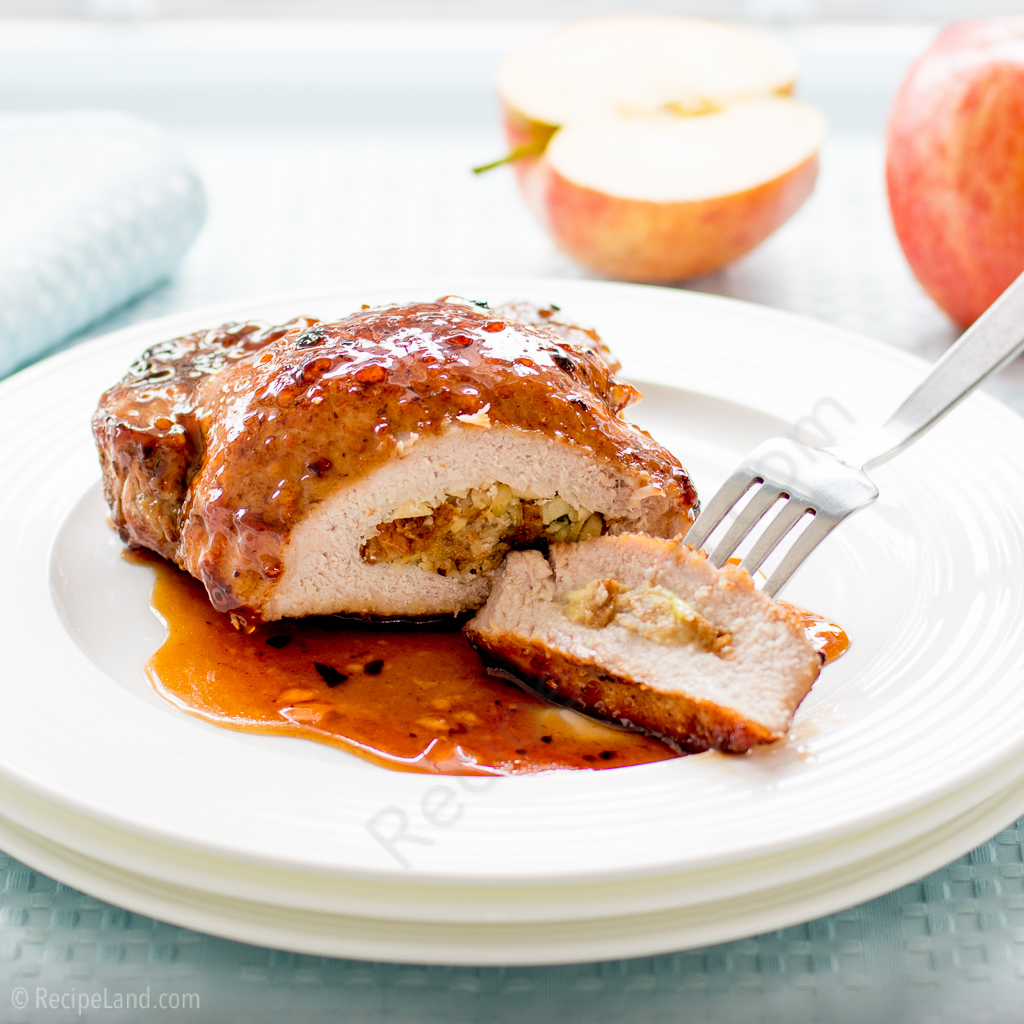
There are new guidelines for the safe cooking of pork. It turns out that overcooked dry pork is no longer a USDA requirement.
Contents
We've always cooked our pork well below the governments recommended "throughly dry and completely overcooked" 165 to 170℉ (74 to 77℃).
For properly cooked moist and tender pork (loin) we personally aimed for 145 to 150° F (63 to 66℃) then remove from the heat and let rest for 5 or 10 minutes for the juices to reabsorb.
Recently the USDA revised it's recommendation of the safe internal temperature to cook pork1. It seems their original fears were needless and more likely motivated by beef lobbyists with deep pockets interesting in favoring big beef monopolies.
It's welcome news, for decades millions have been overcooking their pork to a dry and completely overcooked state then smothering it with cans of mushroom soup or some other such silliness to make up for the Sahara desert of dryness that comes from overcooking pork.
Here are the new recommendations compiled from various sources along with other helpful storage and safe handling recommendations to help ensure you end up with perfectly cooked pork!
Safe Cooking
The USDA recommends cooking all ground pork and mixtures such as meat loaf to 160℉ (72℃). Cook all raw pork steaks, chops and roasts to a minimum internal temperature of 145℉ (63℃) as measured with a food thermometer before removing the item from the heat. Allow the meat to rest at least 3 minutes (the temperature will continue to rise before beginning to drop).
Can cooked pork be pink?
Cooked muscle meats (pork) can be pink even when the meat has reached a safe internal temperature. If fresh pork has reached 145℉ (63℃) throughout, even if it's still a tad pink, it should be safe. The pink color can be due to added ingredients (e.g. marinades) or cooking method.
Fresh Pork Temperature Chart
| Fresh Pork: Safe Cooking Chart | |||
|---|---|---|---|
| Cut | Thickness or Weight | Cooking Time | Minimum Internal Temperature & Rest Time |
| ROASTING: Set oven at 350 ℉ (180 ℃). Roast in a shallow pan, uncovered. | |||
| Loin Roast, Bone-in or Boneless | 2 to 5 pounds | 20-30 minutes per pound | 145℉ (63℃) and allow to rest for at least 3 minutes |
| Crown Roast | 4 to 6 pounds | 20-30 minutes per pound | |
| Leg, (Fresh Ham) Whole, Bone-in | 12 to 16 pounds | 22-26 minutes per pound | |
| Leg, (Fresh Ham) Half, Bone-in | 5 to 8 pounds | 35-40 minutes per pound | |
| Boston Butt | 3 to 6 pounds | 45 minutes per pound | |
| Tenderloin (Roast at 425-450 ℉ or 220-230℃ ) | ½ to 1½ pounds | 20 to 30 minutes total | |
| Ribs (Back, Country-style or Spareribs) | 2 to 4 pounds | 1½ to 2 hours (or until fork tender) | |
| BROILING 4 inches from heat or GRILLING | |||
| Loin Chops, Bone-in or Boneless | ¾-inch or 1½ inches | 6-8 minutes or 12-16 minutes | 145℉ (63℃)and allow to rest for at least 3 minutes |
| Tenderloin | ½ to 1½ pounds | 15 to 25 minutes | |
| Ribs (indirect heat), all types | 2 to 4 pounds | 1½ to 2 hours | |
| Ground pork Patties (direct heat) | ½ inch | 8 to 10 minutes | |
| IN SKILLET ON STOVE | |||
| Loin Chops or Cutlets | ¼-inch or ¾-inch | 3-4 minutes or 7-8 minutes | 145° (63℃) and allow to rest for at least 3 minutes |
| Tenderloin Medallions | ¼ to ½-inch | 4 to 8 minutes | |
| Patties | ½ inch | 8 to 10 minutes | |
| BRAISING: Cover and simmer with a liquid. | |||
| Chops, Cutlets, Cubes, Medallions | ¼ to 1-inch | 10 to 25 minutes | 145℉ (63℃) and allow to rest for at least 3 minutes |
| Boston Butt, Boneless | 3 to 6 pounds | 2 to 2½ hours | |
| Ribs, all types | 2 to 4 pounds | 1½ to 2 hours | |
| STEWING: Cover pan; simmer, covered with liquid. | |||
| Ribs, all types | 2 to 4 pounds | 2 to 2½ hours, or until tender | 145° (63℃) and allow to rest for at least 3 minutes |
| Cubes | 1-inch | 45 to 60 minutes | |
| NOTE: Approximate cooking times were compiled from various resources. | |||
Storing Pork
Handling Pork
Choose raw pork just before checking out of the store.
The packages of raw pork should be put into separate disposable plastic bags to avoid any cross contamination.
DO NOT use reusable shopping bags. Studies are showing that cross-contamination from reusable shopping bags is on the rise.
Stores that do not provide disposable bags for pork or other meat and vegetable products are putting your family's safety at risk.
Take the pork home straight away and immediately refrigerate to 40℉ (4℃) and use within 3 to 5 days or freeze at 0℉ (-20℃) for longer term storage.
Thawing Pork
Never defrost pork at room temperature. Plan ahead and thaw in the refrigerator.
Other options include thawing in cold water (in a sealed plastic bag) or in the microwave.
Pork will be safe thawed in the refrigerator for 3 days before cooking. If you decide not to use it you can safely re-freeze without cooking it.
If using the microwave or cold water to defrost you should plan on cooking the pork immediately after thawing as some areas may have become warm and holding partially cooked food is not recommended.
It is also safe to cook pork from frozen. You will need to extend the cooking time by 50% or more and make sure to use a meat thermometer to check that the internal temperature has reached 145℉ (63℃).
Do not cook frozen pork in a slow cooker.
What is natural pork?
Natural pork is the meat without any artificial flavor or flavoring, coloring ingredient, chemical preservative or any other artificial or synthetic ingredient; and the product and its ingredients are not more than minimally processed (ground, for example).
All products claiming to be natural meats2 should be accompanied by a brief statement which explains what is meant by the term "natural."
It seems that packagers in the US have taken to injecting all kinds of things into meats of all sorts these days. In most cases it's clear they are trying to increase weight with "seasonings" or "seasoned" products (which in other words means "we've added as much water as possible to rip off you the consumer, along with some salt and other stuff to raise your blood pressure even more so we can call it seasoned".
When you cook pork that has been treated in this manner the result is significant shrinkage and a more rubbery texture.
Natural simply means that you should be getting just the pork as it should be sold in the first place, without extra additives, chemicals, salt and mostly water. It pays to read those labels. It's amazing how many ways have been developed to cheat consumers with misleading labeling.
Be an informed consumer and complain loudly to the staff and management of the store when you spot products with additives. Read those labels and only buy "Natural" pork without added "seasoning".
-
What is “Natural” Meat? - original link was moved by USDA ↩

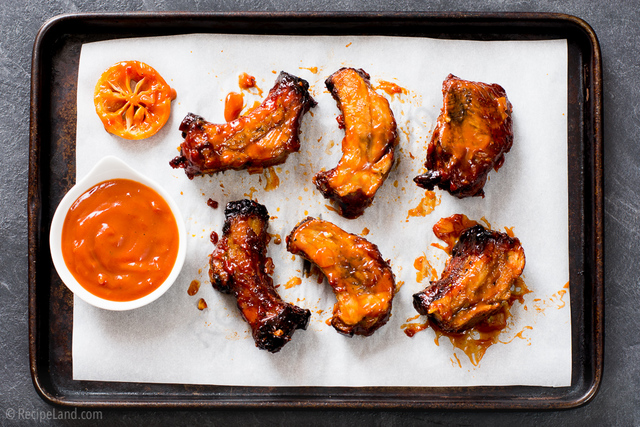
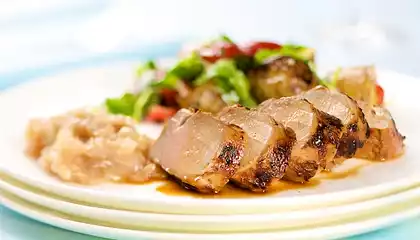
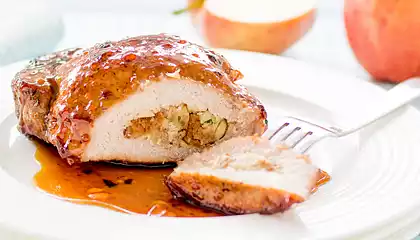
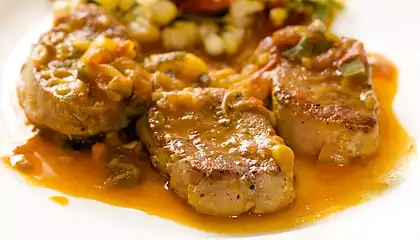
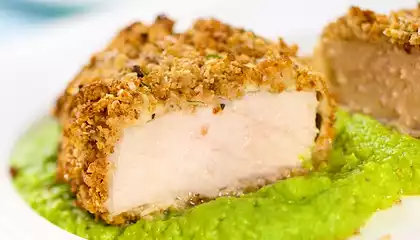
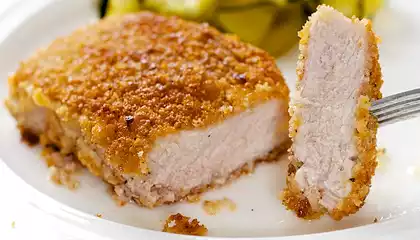
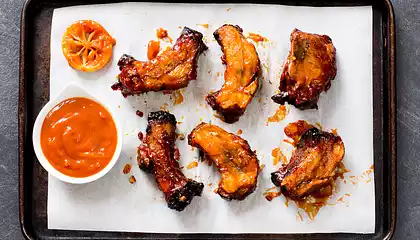
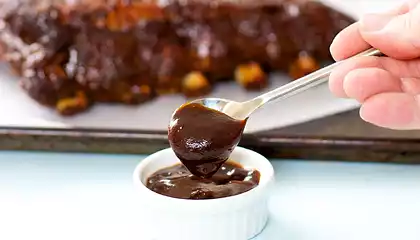
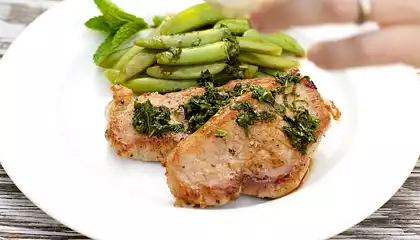
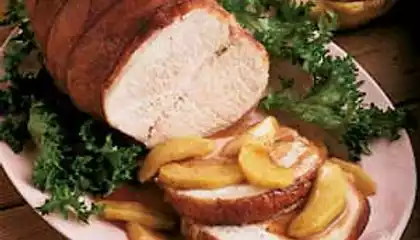
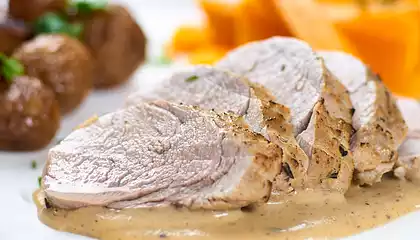
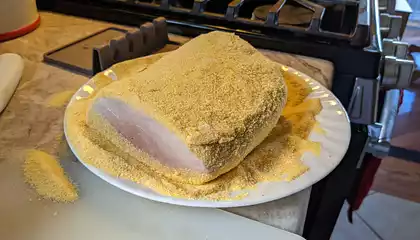
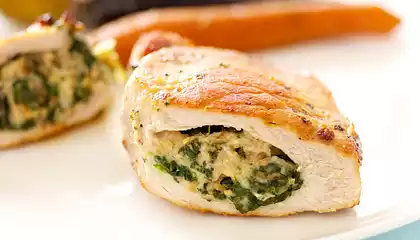
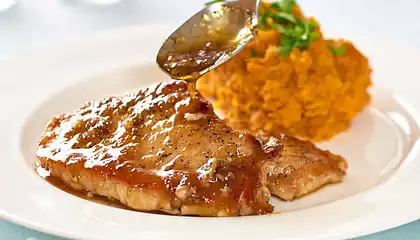
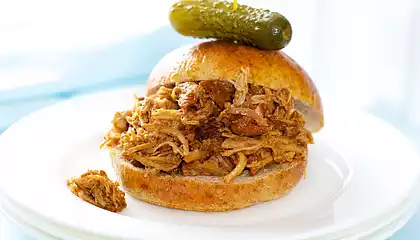
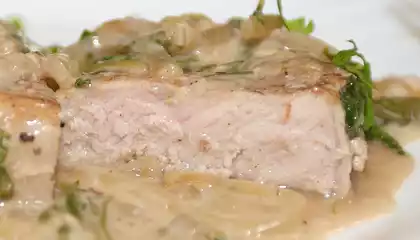
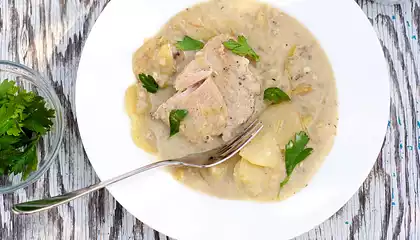
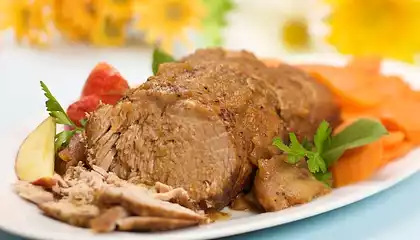
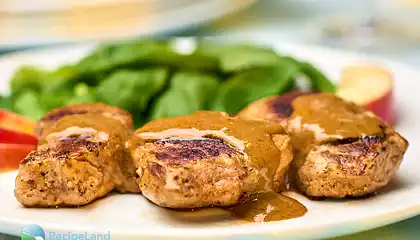
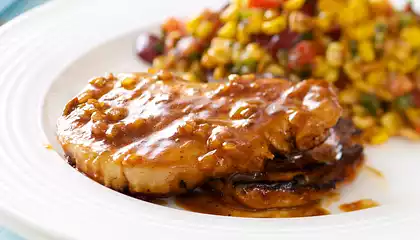
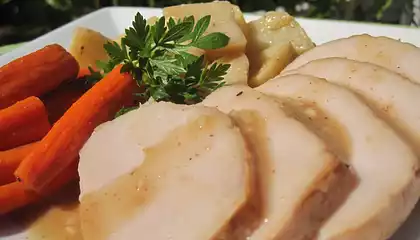
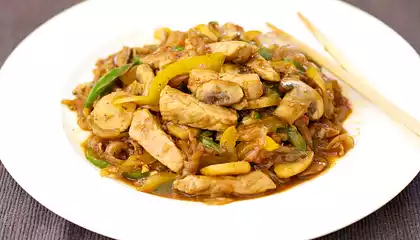
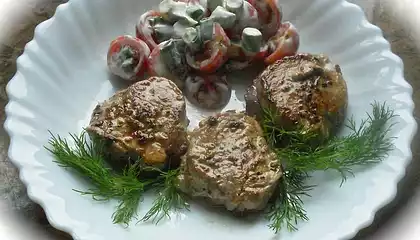
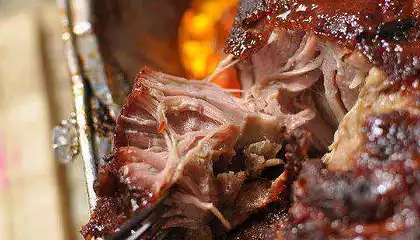
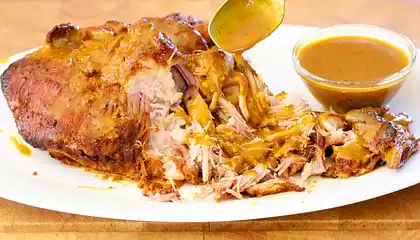
Comments
Hi there friends, good paragraph and good urging commented here, I am truly
enjoying by these.
It's going to be ending of mine day, however before ending I am reading this fantastic post to increase my know-how.
I was curious if you ever thought of changing the layout of your website?
Its very well written; I love what youve got to say. But maybe you
could a little more in the way of content so
people could connect with it better. Youve got an awful lot of text for only having 1 or two images.
Maybe you could space it out better?
This is a very good tip particularly to those fresh to the
blogosphere. Short but very precise info… Many thanks for sharing this
one. A must read post!
Very good article. I absolutely love this website.
Continue the good work!
My spouse and I stumbled over here coming from a different page and thought I should check things out.
I like what I see so i am just following you.
Look forward to looking into your web page again.
I couldn't resist commenting. Perfectly written!
Ahaa, its nice dialogue concerning this paragraph at this place at this blog, I have read all that, so at this
time me also commenting here.
Hello there! I just wish to offer you a huge thumbs up
for the excellent info you have got right here on this post.
I am returning to your website for more soon.
Hello, I desire to subscribe for this web site to obtain newest updates, so where can i do it please
help out.
Wow, this paragraph is good, my sister is analyzing these things,
therefore I am going to inform her.
Hi! I've been following your site for some time now and finally got the courage to go ahead and give you a shout out
from Lubbock Texas! Just wanted to mention keep up the excellent job!
Greetings! Very useful advice in this particular post!
It's the little changes that make the biggest changes. Many thanks for sharing!
Good write-up. I definitely love this site. Stick with it!
Greetings from Colorado! I'm bored to tears at
work so I decided to check out your website on my iphone during lunch break.
I really like the knowledge you present here and can't
wait to take a look when I get home. I'm shocked
at how fast your blog loaded on my phone .. I'm not even using WIFI, just 3G ..
Anyways, great blog!
Hey There. I found your blog using msn. That is a really smartly written article.
I'll make sure to bookmark it and come backk to read extra of yourr helpful info.
Thank you for tthe post. I'll certainly return.
I'm gone to convey my little brother, that he should also visit this blog
on regular basis to obtain updated from newest news update.
I am commenting here for the first time as I found your post really remarkable.
Keep up the great as well as many thanks a whole lot for sharing such vital and beneficial tips!
This is interesting information, but this article is made unpalatable by all the snarky comments. It looks more obsessive than authoritative.